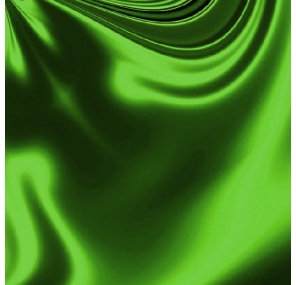 |
 |
 |
||
SILK
SILK
Silk is widely perceived to be the most beautiful and elegant of all the natural fibres. It is such a seductive, luxurious and desirable fibre that at certain points in history its price has exceeded that of gold. Silk is highly prized for its unique lustrous and reflective appearance, which is a function of the unique rounded edge triangular shape of the fibre. This ‘prism’- like structure refracts incoming light at several different angles and therefore allows the cloth produced from it to be ‘shimmering’ in appearance. Due to this triple reflection of light silk can be described as a ‘bright’ fibre. Silk fabric is generally thought of as having a soft and smooth texture with a luminous or reflective surface, but depending on processing and the weave structure it can express sculptural forms, ethereal delicacy or liquid drape.
The isothermal properties of silk make it feel cool in summer and warm in winter. The insulative properties of the fibre are also well known, and fine silk knit undergarments traditionally provide unequalled warmth as thermal ski wear layers. Silk floss, or kapok is the lightest and warmest of quilting materials. Silk has a moderate to poor elasticity and is a poor conductor of electricity, which makes it comfortable to wear in cool weather. However this low conductivity also means it is susceptible to static cling. The fibres high level of absorption lends it superior ability to accept dye. |
SILK
 PROPERTIES
PROPERTIES

